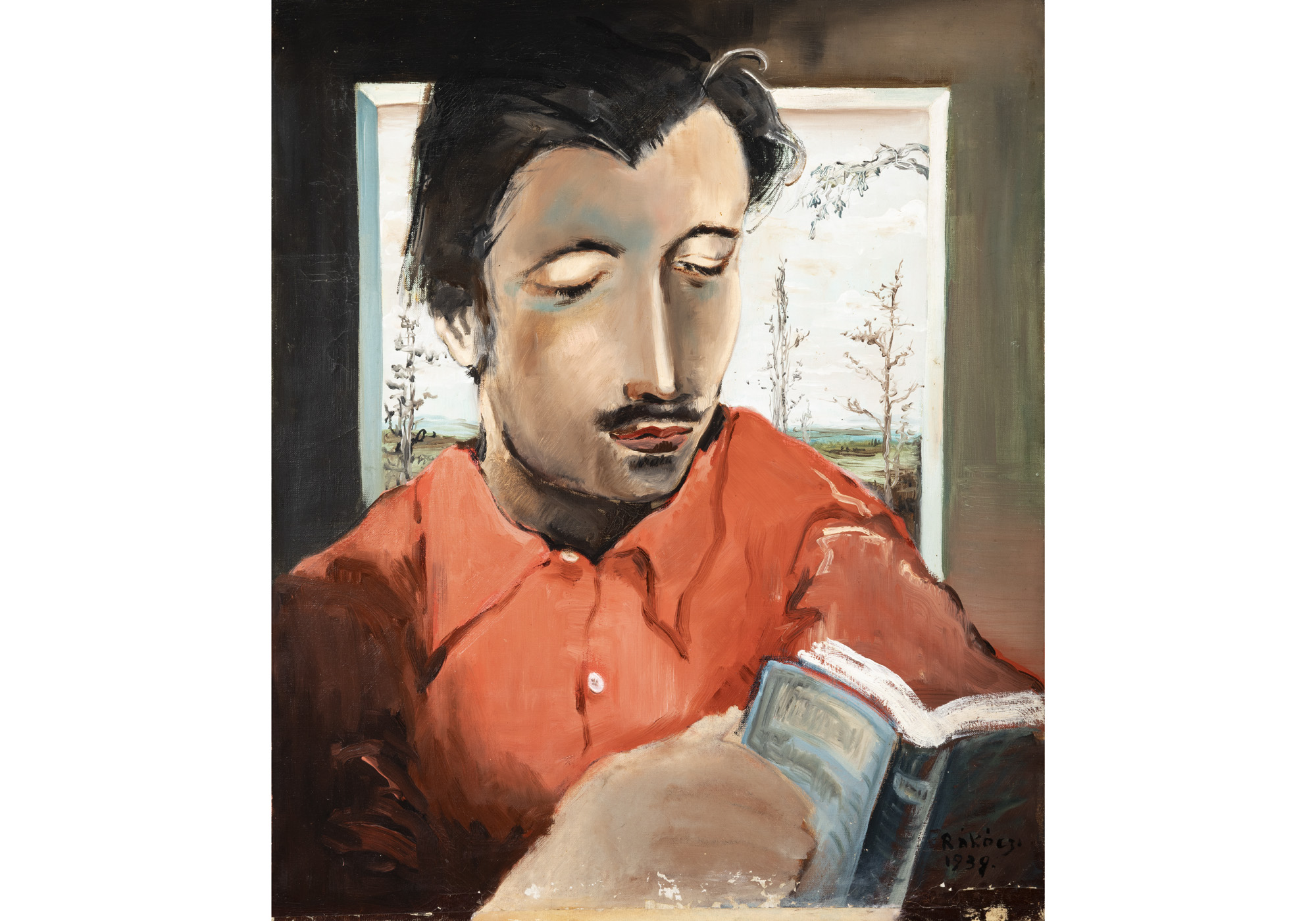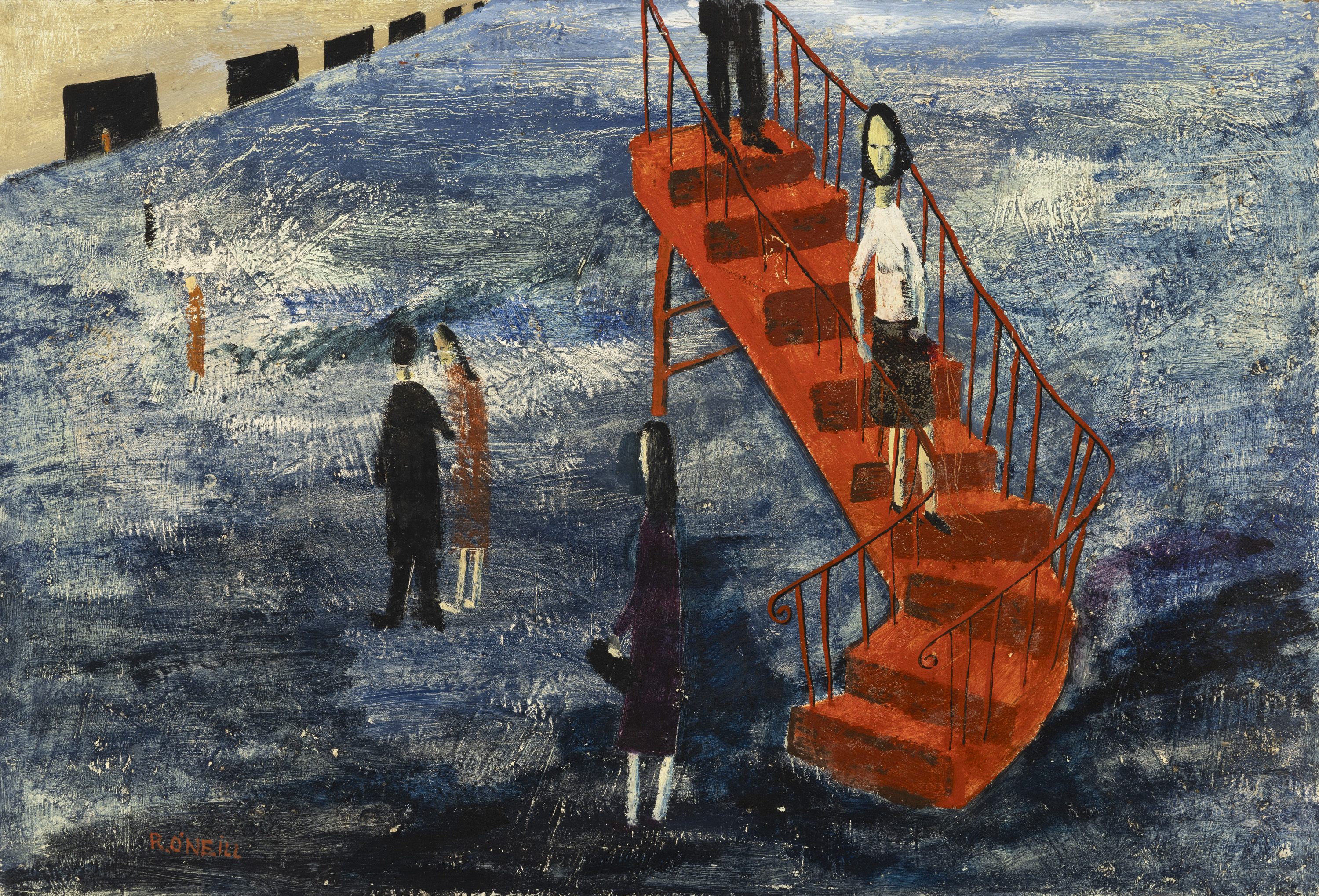Departments
.svg)


An extraordinary example on offer from the upcoming Fine Jewellery& Watches auction on Tuesday 14th May is a rare collectible 'Serpenti' bracelet watch by renowned house of Bulgari, circa 1960.

Symbolizing wisdom, eternity, and strength, the snake is closely connected to earth energies and represents life force. Reminiscent of unconscious drives and primal instincts, the snake figure lies at the core of the relationship between mankind and the transcendental.
As such, snake motifs have been used by goldsmiths and jewellers in cultures across the globe since the dawn of time. A visit to the ancient Egyptian, Chinese, Greek, and Roman galleries in many museums will provide ample evidence of this.
In this endless continuum of the goldsmith's endeavour, the colourful enamel Serpenti bracelet-watches that the Italian jewellery house Bulgari made in the 1960s mark a pivotal moment in the history of jewellery as an applied art, and in the history of the Bulgari brand itself.
Snake-themed jewels had been a part of Bulgari's design DNA before that, but the Serpenti bracelet watches that the Italian jeweller previously made since the 1940s had mimicked nature primarily using the house's signature gold tubogas. As time progressed, Serpenti jewels evolved in their design language, becoming increasingly alive through the use of more realistic geometries and volumes, vivid enamel colours, and animated expressions accented by precious gemstones.
It is no surprise that these pieces have been fetching exceptionally high prices at international auctions in recent years, often bought back by the manufacturer to be restored with love and attention before taking their place of pride in their heritage collections exhibited around the world.
Bulgari's inspired rebirth of their snake jewels in the 1960s soon caught the attention of the fashion industry. Vogue's famed editor-in-chief Diana Vreeland was a fan of Bulgari snakes and owned a one-of-a-kind gold, white, and pink enamel snake belt, which she famously wore as a necklace, twisting it twice around her throat. In a 1968 memo to her editors, Vreeland wrote, "Don't forget the Serpent… the serpent should be on every finger and all wrists and all everywhere… The serpent is the motif of the hour in jewellery… We cannot see enough of them…".
Under her leadership, Vogue featured the colourful enamelled Bulgari Serpenti jewels on countless occasions throughout the 1960s and 70s, with articles and iconic photographs that have since made history in the fashion world. The debut on Vogue for these exciting new jewelled marvels came in the August 15, 1968, issue of the magazine. In an article titled "From Italy Ready-Get-Go Collections," a glamorous photograph by Henry Clarke depicts a young Italian royal, the Principessa di Genzano, sensually holding a snake belt as though it were alive, with a second snake bracelet seductively wrapped around her bare forearm.
Italian culture was a prominent American import in the 1960s. Sexy Italian sports cars were every man's dream, as were gorgeous actresses like Sophia Loren and Claudia Cardinale. Master movie directors like Federico Fellini, Sergio Leone, and Franco Zeffirelli were making their indelible mark on the narrative and visual aesthetic of the seventh art. In fashion, designers such as Valentino, Pucci, and Missoni set new standards for elegance and style. Within this cultural framework, breath-taking creations by Bulgari were rapidly establishing the Rome-based brand as a global trendsetter. Its bold wearable designs, love for juxtaposed colours and materials, and state-of-the-art goldsmith techniques were steadily winning the hearts of jewellery lovers worldwide, including that of Elizabeth Taylor, who had been photographed wearing an emerald eyed Serpenti bracelet on the set of the 1963 Hollywood blockbuster Cleopatra.
So, it is not surprising that Vogue repeated the same Bulgari snake style the following month in the September 15, 1968, issue of the magazine. A spread titled "From Italy: The Absolute Jewels" featured the Italian jewellery house exclusively. Milanese photographer Gian Paolo Barbieri was entrusted to shoot Italian model Benedetta Barzini, covered in stunning enamel and gold snake bracelets and belts. On this occasion, enamel Serpenti jewels adorned the arm, the neck, and the hair of the model. A witty caption to the photograph read: "…the bracelet keeps track of time in its head," a clever wordplay referencing the petite watch hidden inside the jaws of the reptile.
The Serpenti bracelet watch offered in this sale is made particularly rare by the fact that the watch dial and movement are by Vacheron & Constantin. Other more common watch suppliers to Bulgari at the time were Movado and Jaeger-LeCoultre.

Enamel snakes became Bulgari and fashion icons, not least because of their substantial coverage in 1960s glossy magazines, as well as on a famous series of Bulgari advertisements in the 1970s. In the words of Nicola Bulgari himself, “To me, the enamel snakes exemplify the La Dolce Vita era in Rome.” Notwithstanding their ubiquity, fewer than one hundred of these rare designs were actually produced, less if we consider that a handful of them were made as belts.
Finally, no feature on vintage Bulgari Serpenti jewels would be complete without a reference to the Valenza-based jewellery manufacturing company Carlo Illario e Filli. Founded in 1920 by brothers Carlo, Vincenzo, and Luigi Illario, the three brothers established a workshop that manufactured jewellery of exceptional quality. Their skilled craftsmanship soon caught the attention of well-established retailers, and Illario began manufacturing for fellow Italian jewellery houses Fasano, Faraone, and Bulgari. The company's partnership with Bulgari was particularly longstanding, running from the 1950s through until the 1970s. Illario was entrusted to create Bulgari's now iconic Serpenti watch bracelet. The iridescence and depth of hue in the beautiful colours of vintage Serpenti jewels were obtained using vitreous hot enamel techniques. An internal white gold double spring conferred the flexible memory typical of these miniature works of art and was kept in place by ingenious threaded gold pins.
Accompanied by a certificate from Amanda Triossi, author and specialist on Bulgari, former curator of the Bulgari Heritage Collection and curator of all the first major Bulgari retrospective exhibitions between 2009 to 2013, stating that this bracelet was manufactured for and retailed by Bulgari in the 1960s and that the Vacheron Constantin watch is original to the bracelet. Length approximately 56cm, weighing 196g. Dated April 11th, 2024, in Rome





Through this article, let our expert Adam Pearson guiding you to the (re)discovery of the once established Irish painter Richard O’Neill.












Buying at Auction and the Role of Antiques in a Modern Home




Important Irish Art Auction Highlights

Oliver Dowling Collection by Aidan Dunne




2024 is a year in which Adam’s wants to recognise the key role buying antique furniture and furnishings at auction contributes greatly to the sustainable initiative. In 2019 the Environmental Protection Agency reported stark figures that each year in Ireland 1.2 million reusable bulky items, primarily furniture goes into landfill. Similar to the problem of ‘fast fashion’, the constant production and consumption of new items is leading to rapidly growing waste problem. We want to acknowledge those who are already buying second hand or antique furniture at auction and to encourage new buyers by highlighting the benefits of acquiring affordable, well-made quality items that are built to last.






Irish author, recipe creator and lifestyle influencer, Indy Parsons, selects her favourite pieces from our upcoming Fine Jewellery & Watches auction










.jpg)

Cork-born Irish actress, Sarah Greene, selects her favourite pieces from our upcoming Fine Jewellery & Watches auction




Yvonne Aupicq had met Orpen, we understand, while working as a nurse during the war. He had been admitted to hospital with a suspected case of scabies which ended up being a far more serious case of blood poisoning as he recounts in his wartime memoir ‘An Onlooker in France’. Their relationship continued after 1918 when Orpen was appointed as the official artist to The Paris Peace Conference. They relocated to capital and over the following decade he painted her numerous times, often nude as in Amiens 1914, or The Rape and Nude Girl Reading (1921). Working with her as his model during these early years after the war allowed Orpen an opportunity to re-fuel his creativity.






Editor-in-Chief of IMAGE Publications, Lizzie Gore-Grimes, selects her favourite pieces from our upcoming Fine Jewellery & Watches auction

Our upcoming Fine Jewellery & Watches auction on September 13th features a prime example of Van Cleef & Arpel's renowned 'Mystery Setting'


Our June auction offers a once-in-a-lifetime opportunity to acquire one of the great masterpieces of Irish art and icons of Dublin’s history.



Georgia Chiesa selects some of her favourite lots in the upcoming Vintage Wine & Spirits Auction


"Beating the bounds is a tradition that can be traced back to the medieval period. At this time, land was divided into parishes and the clergy and church wardens held the responsibility for its upkeep and management. It was up to the Church to ensure that its parishioners knew the local boundary lines and, before maps became commonplace, this had to be kept as a mental record."

Adam’s in conjunction with Suzanne MacDougald are proud to host an online timed auction of artworks to aid the Irish Red Cross’s humanitarian work in delivering vital services to millions of people impacted by the conflict in Ukraine. With no buyers premium 100% of the hammer price will go directly to the Irish Red Cross.

Ros Drinkwater writes of Jack B Yeats' 'The Boat' in the Business Post:


With a consolidated result of €320,000,the At Home sale in Stephan’s Green, was a great success.

